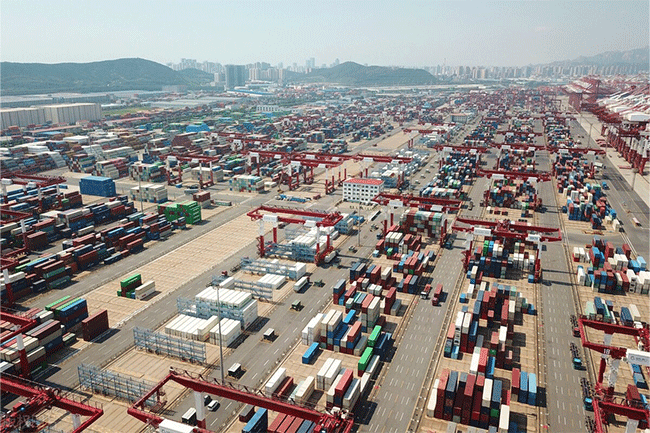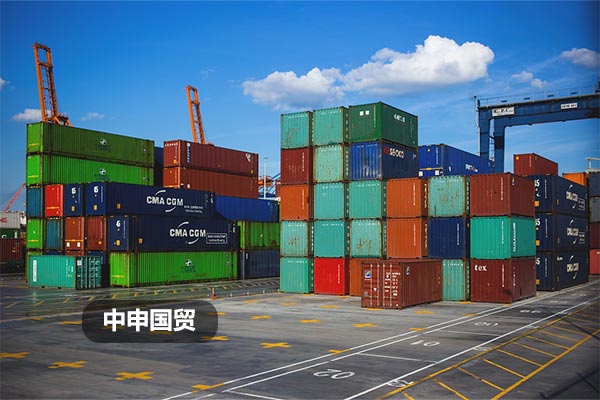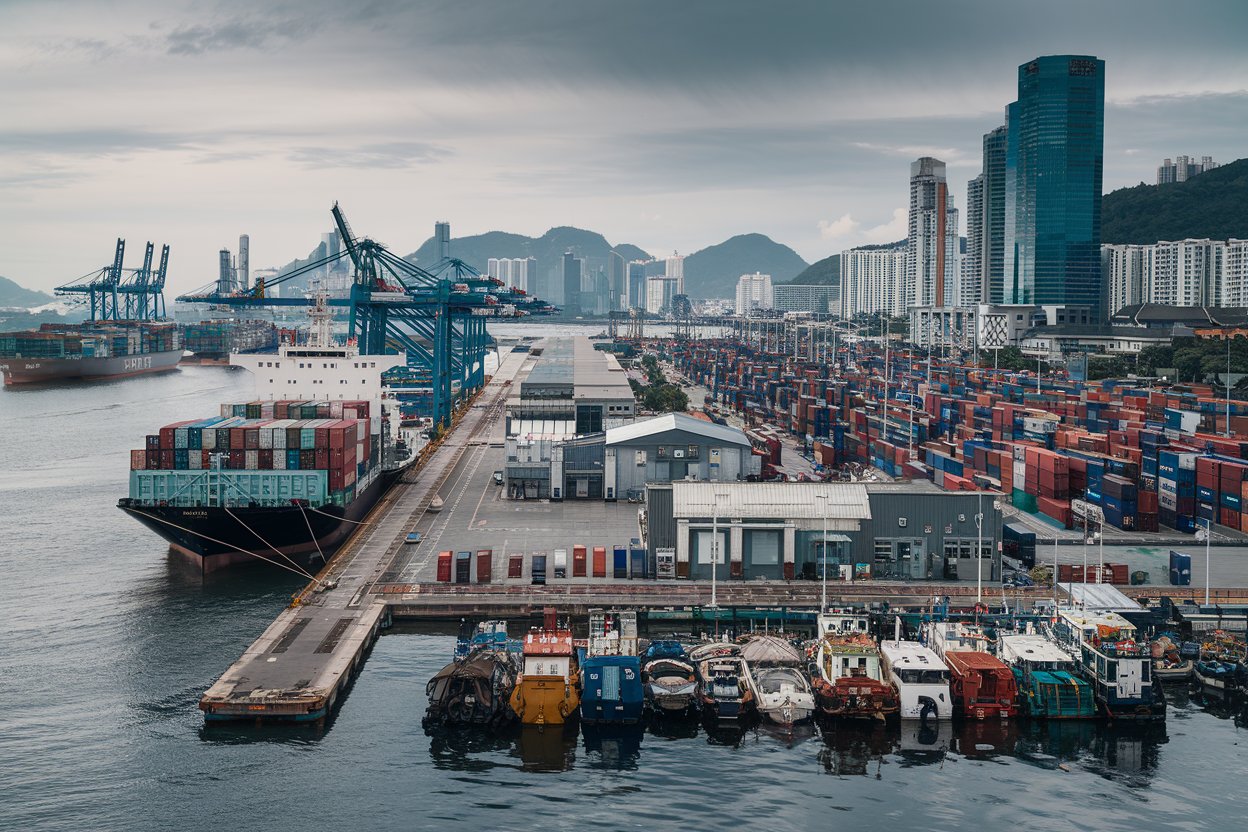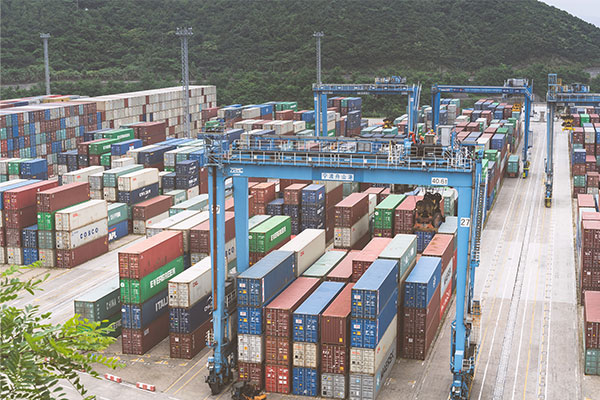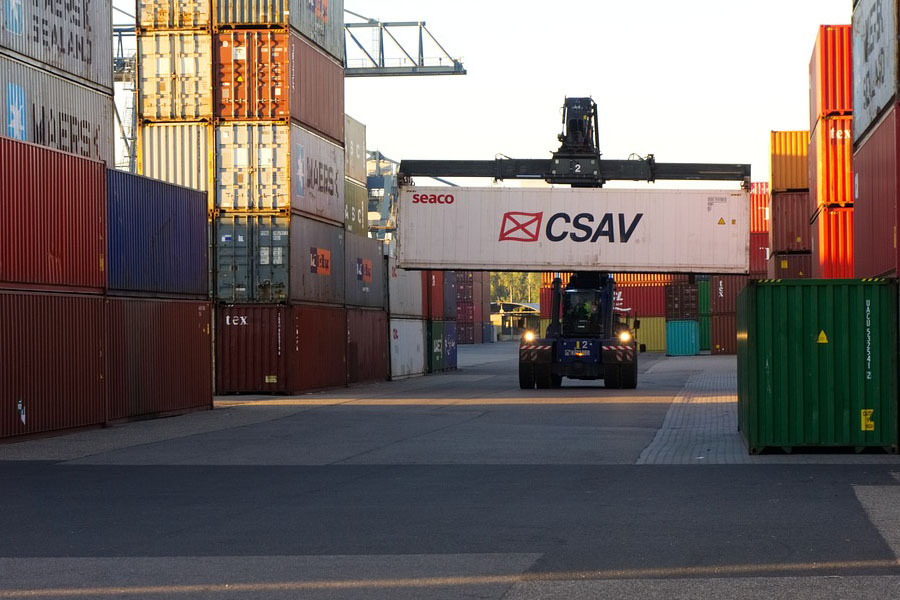- Shanghai Zhongshen International Trade Co., Ltd. - Two decades of trade agency expertise.
- Service Hotline: 139 1787 2118
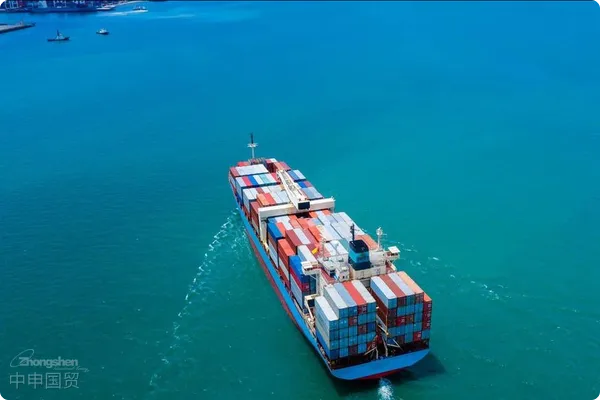
Friction welding in 2025Equipment ImportsNew market trends
According to the latest data from the International Welding Institute, global industrial friction welding equipment imports grew 17% year-on-year, with China contributing 35% of the increase. WithNew energytechnological upgrades in automotive chassis welding and aerospace component manufacturing, the complexity of technical parameter reviews for imported equipment has increased 2.3 times compared to 2020. The average customs clearance time for single imports extended from 14 days in 2019 to 21 days, with 34% of delays attributed to non-compliant equipment documentation.
Four critical control points in the import process
Equipment parameter confirmation stage:
- Spindle pressure range must comply with Customs Commodity Note Item 8458.30 requirements
- Rotating chuck specifications should meet the revised ISO 12164-3:2025 standard
- Welding precision parameters must fully match manufacturers declaration documents
Key negotiation points for trade terms:
- Prioritize DDP terms to avoid VAT prepayment risks
- Clarify technical document delivery timelines (recommend reserving 21 working days)
- Include equipment debugging services in CIP pricing
Analysis of typical customs clearance issues
Case study: A auto parts company importing German friction welding machines in March 2025:
- Problem manifestations:Axial pressure adjustment module not declared during customs declaration
- Processing result:Customs requested supplementary TUV certification documents, resulting in port demurrage fees of 80,000 yuan
- Solution:Pre-locked HS code 8483.40.9000 through pre-classification service
Statistics of common declaration error types:
- Incomplete technical parameter descriptions (accounting for 42% of total issues)
- Expired CE certification version (especially EN 1090 standard update issues)
- Neglecting separate declaration requirements for auxiliary equipment (such as laser positioning systems)
The value realization path of professional agency services
Construction of full-process risk control system:
- Three-tier review mechanism for preliminary technical documents
- Compliance review of manufacturer documents
- Comparison with domestic standard compliance
- Verification of completeness of customs declaration elements
- Custom - designed Logistics Solutions
- Special transportation plan for precision components
- Coordination with port equipment pre-debugging services
Typical cost optimization cases:
- Reduced tariff expenditure by 12.7% through classification difference analysis
- Shortened customs clearance time by 40% utilizing AEO certified enterprise qualification
- Reduced cargo damage risk by 83% through integrated transportation insurance solutions
2025 agency service selection standards
Core competency evaluation dimensions:
- Industry-specific case database (recommend requiring at least 5 successful cases from the past 3 years)
- Overseas inspection capability coverage (focus on EU, Japan and South Korea technical teams)
- Emergency response time standard (ideal benchmark: initiate contingency plan within 2 hours)
Essential clauses in service agreements:
- Clear division of responsibilities for technical document review
- Stipulation of calculation method for port demurrage loss compensation
- Inclusion of annual trade policy update services
Related Recommendations
Category case
Get in Touch
Email: service@sh-zhongshen.com
Related Recommendations
Contact via WeChat

? 2025. All Rights Reserved. Shanghai ICP No. 2023007705-2  PSB Record: Shanghai No.31011502009912
PSB Record: Shanghai No.31011502009912
